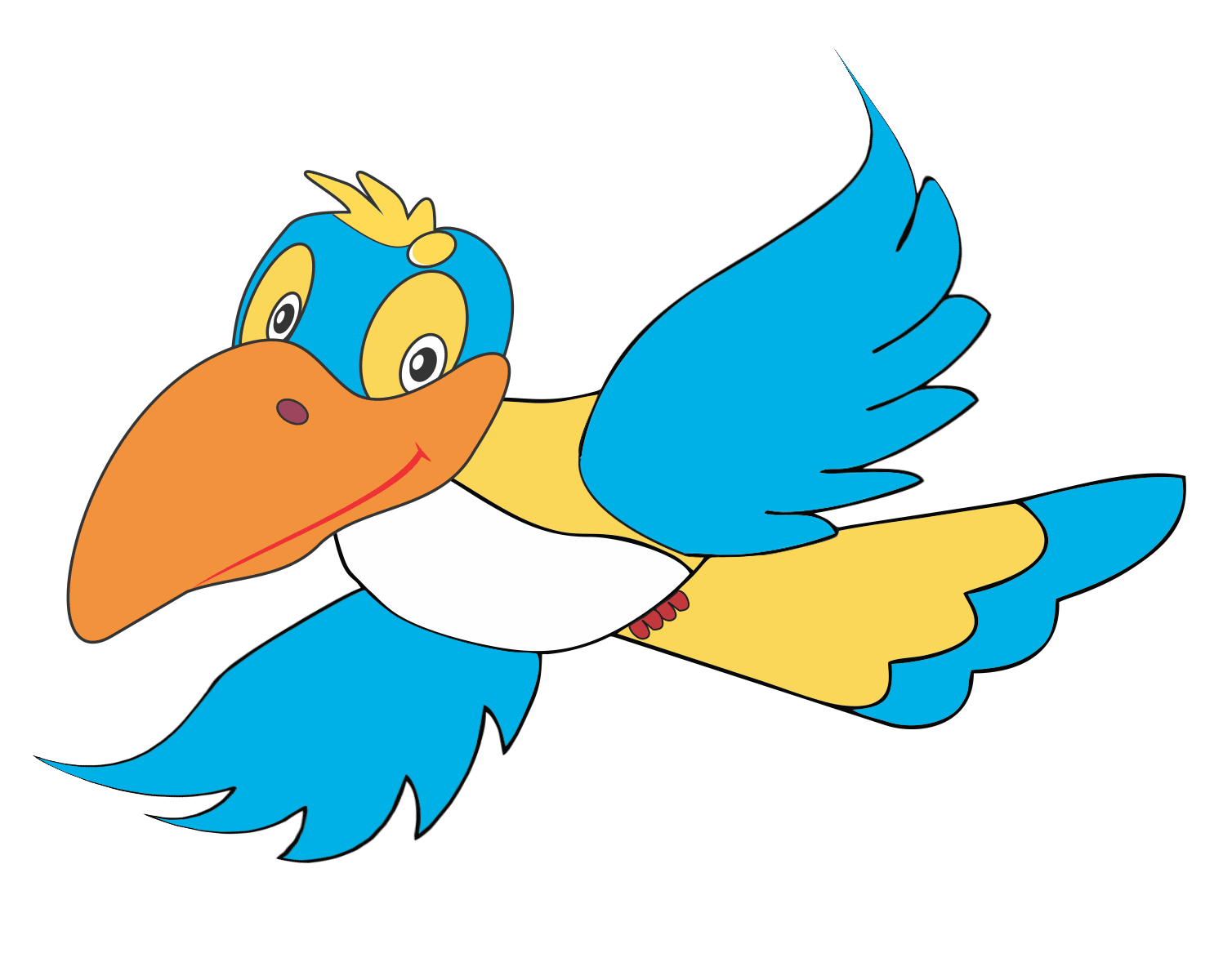Our lifestyles have changed drastically. The growth of technology, digital access and increasing screen times have resulted in less outdoor activities for children.
However, no amount of playing football on the iPad can compensate for actually playing football in the ground! Simply put, children need to stay physically active, and they need to go out to play.
Kids who establish healthy lifestyle patterns at a young age are sure to carry them - and their benefits - forward for the rest of their lives.
Staying physically active helps in
• Having better self-esteem.
• Development of stronger bones, muscles and joints.
• Having a good posture and balance.
• Healthy cardiac activity.
• Better weight management.
• Staying socially active.
• Learning new skills while having fun.
• Better focus and concentration during school.
Therefore, we encourage parents to expose their kids to skill-based and recreational activities which will keep them physically fit and active. The key is to support them and guide them and help them enjoy a myriad of activities. Also, to raise and reward them for each achievement, no matter how big or small.
And as your kids get more and more physically active, there are certain precautions and care that you ought to take. These are:
• Drinking plenty of water. Physical activities will require children to drink lots of water as these activities can be physically exerting.
• Stretching and warm up, so there are no injuries
• Wearing sunblock, hat, caps etc to keep them safe from the sun
• Using proper protective gear
To help you, as a parent / guardian, better understand what physical exercise and potentially mean, here are certain technical terms for you to mull over.
1) Endurance
Endurance activities include large involvement of the body where the heart rates can increase, cause breathing to quicken and make you work up a sweat. Activities like swimming, jogging, football etc are considered endurance activities
2) Flexibility
Activities that involve bending and stretching come under flexible activities. These promote good posture, reduce muscle stiffness and soreness and induce relaxation. Activities like gardening, yoga, gymnastics, stretching etc are considered flexible activities.
3) Strength
Working against a resistance help children build stronger muscles. Such activities help build stronger bones and muscles. Activities like sit-ups, playground activities like monkey bars, ladders, etc. promote healthy growth and development.
We at The Learning Curve do make sure our children are always physically fit. We engage them in physical activities from time to time with games and fitness exercises, so that every child is at his/her physical best.





Comments (0)